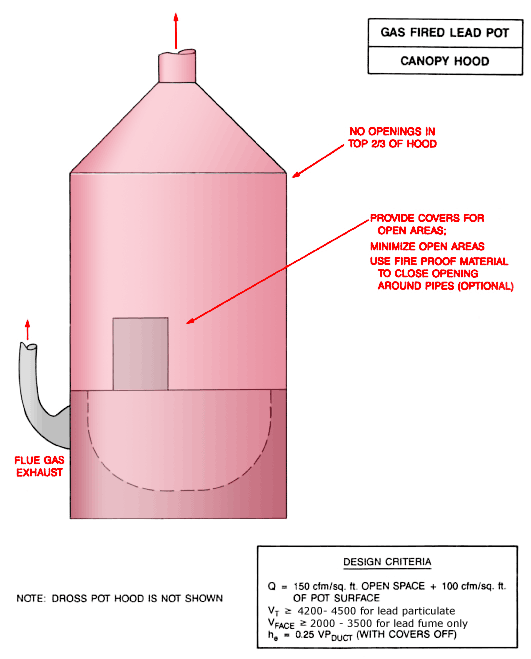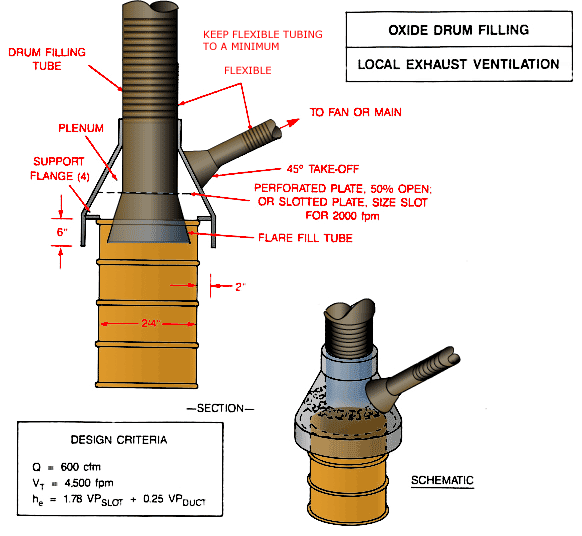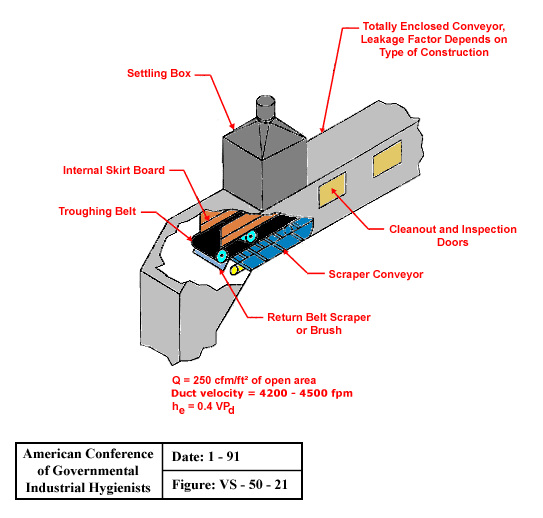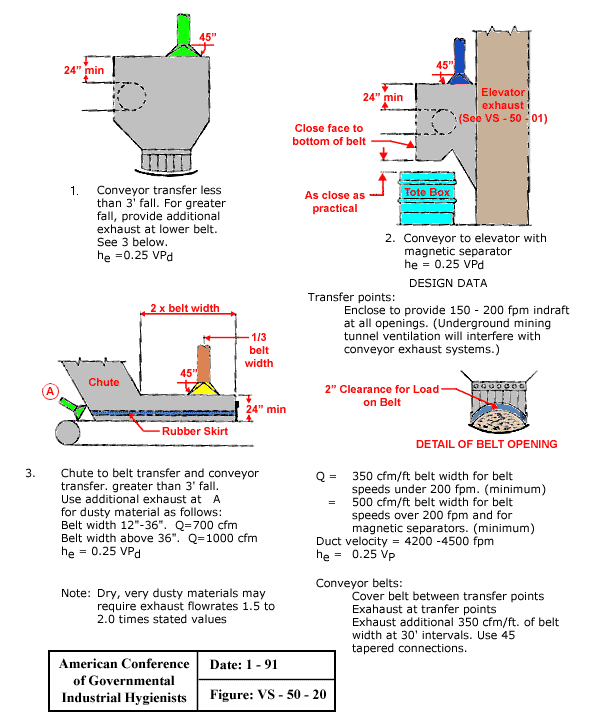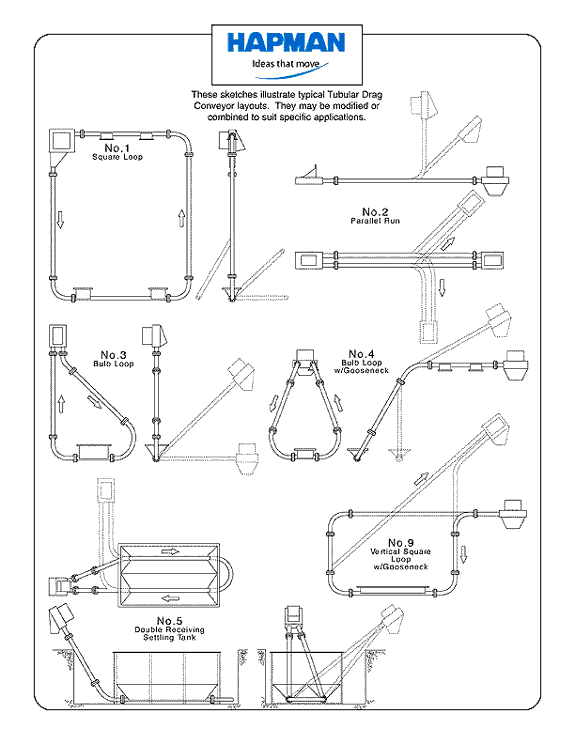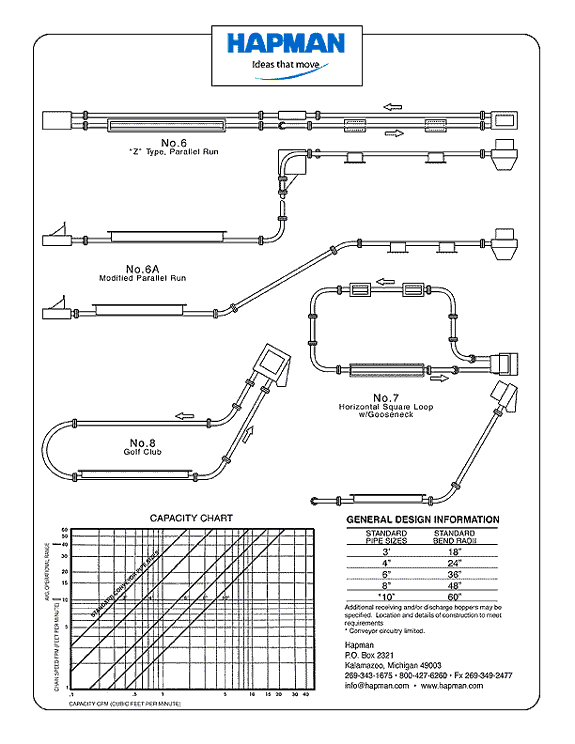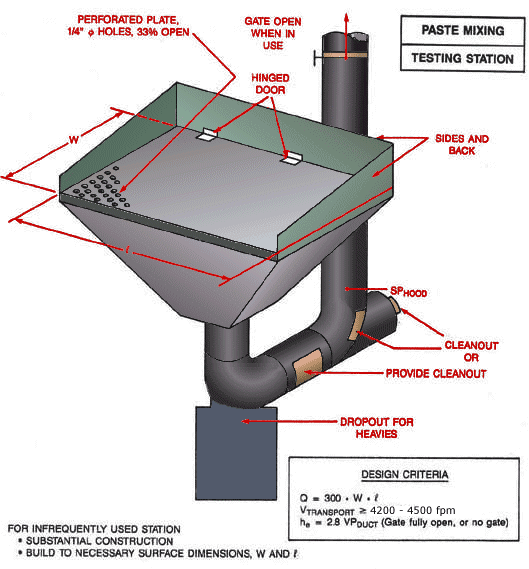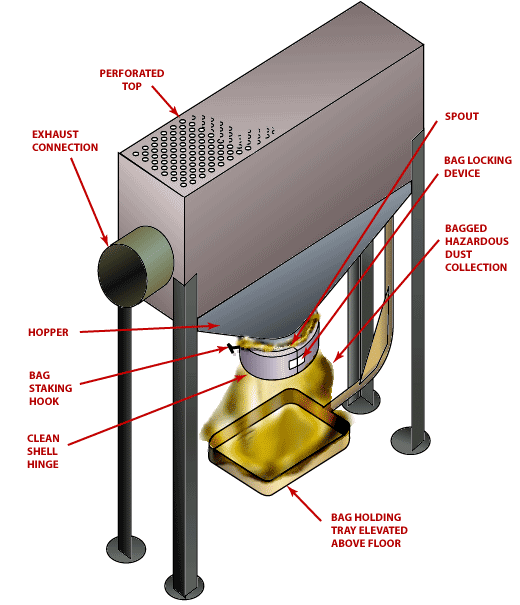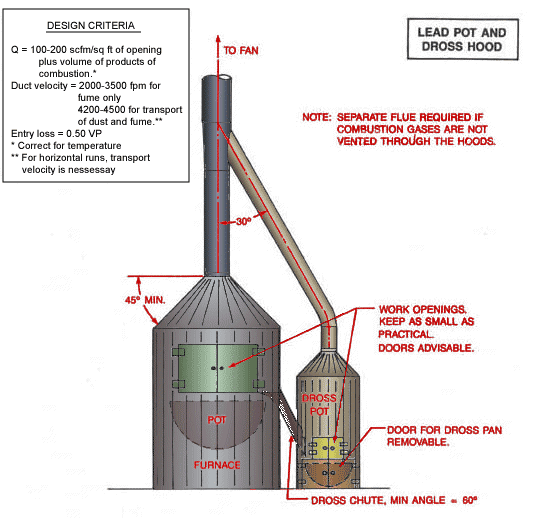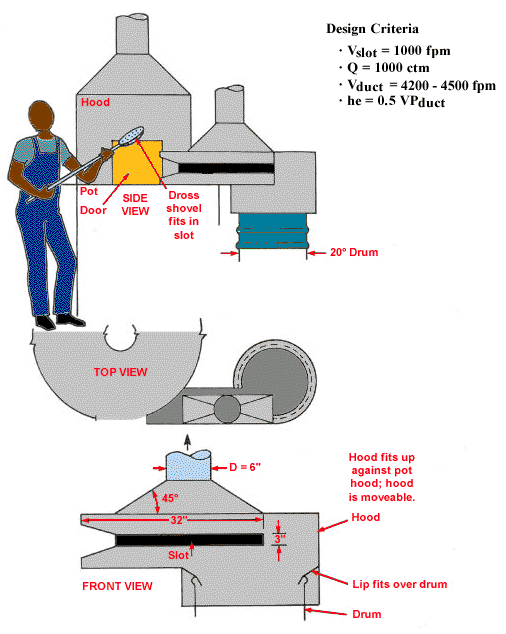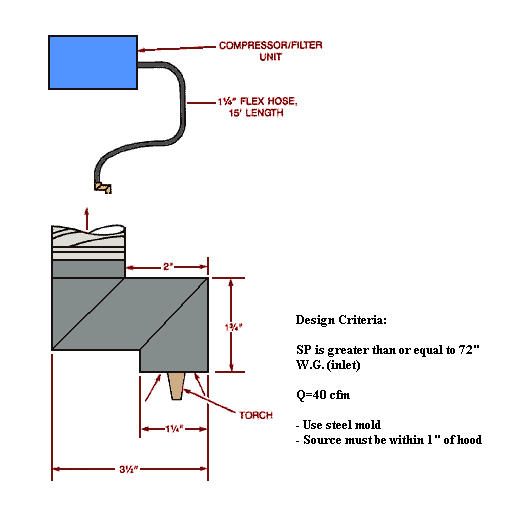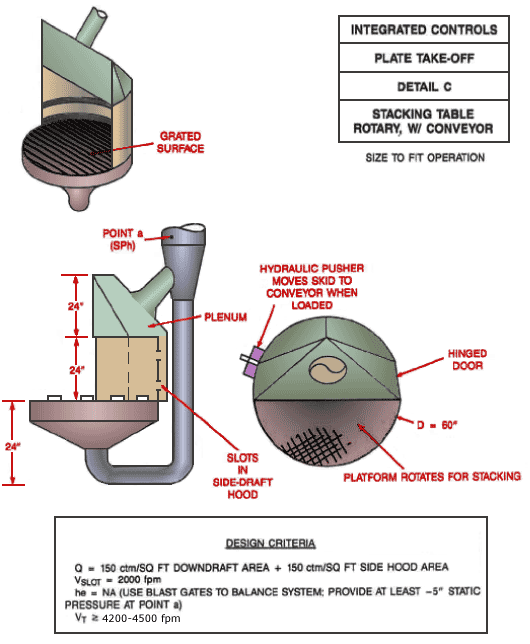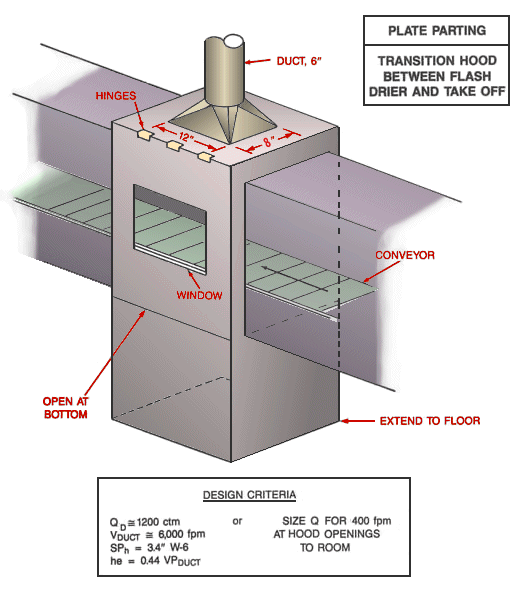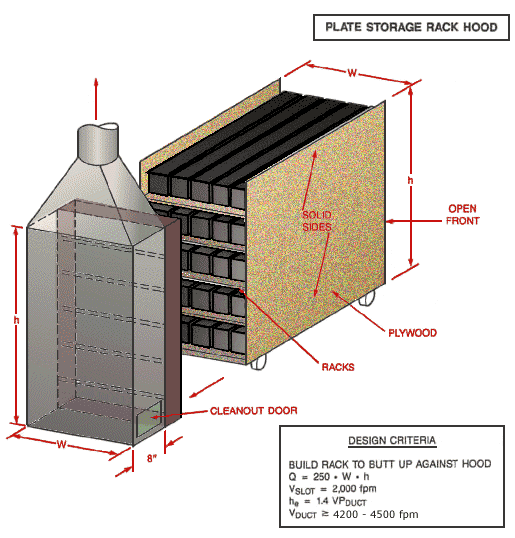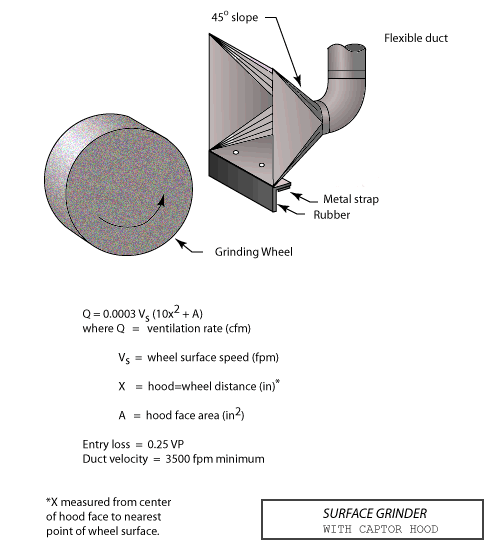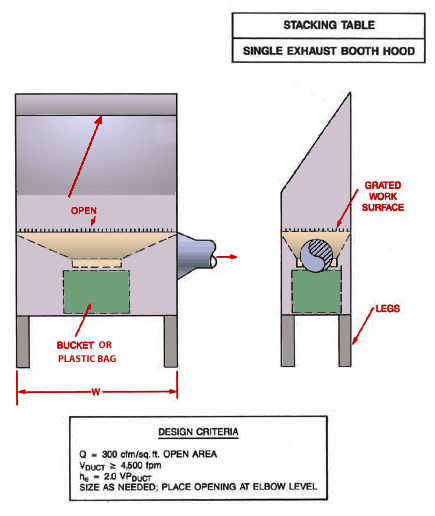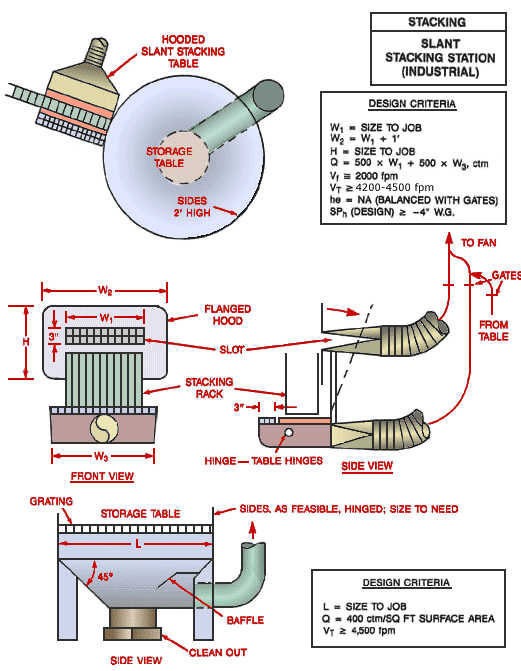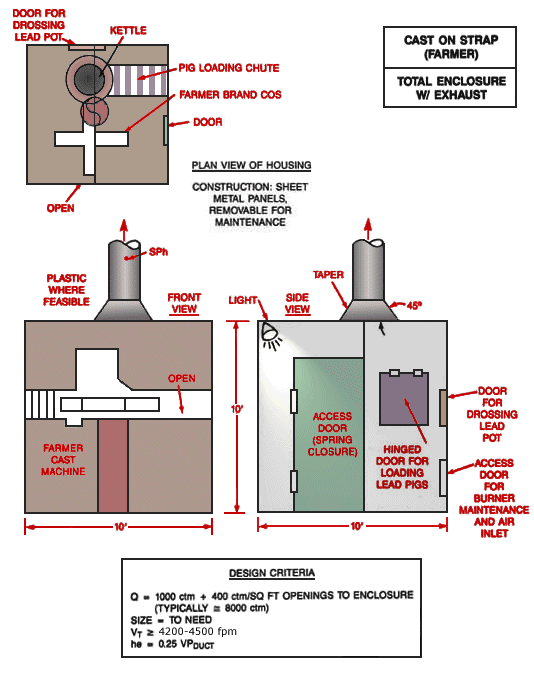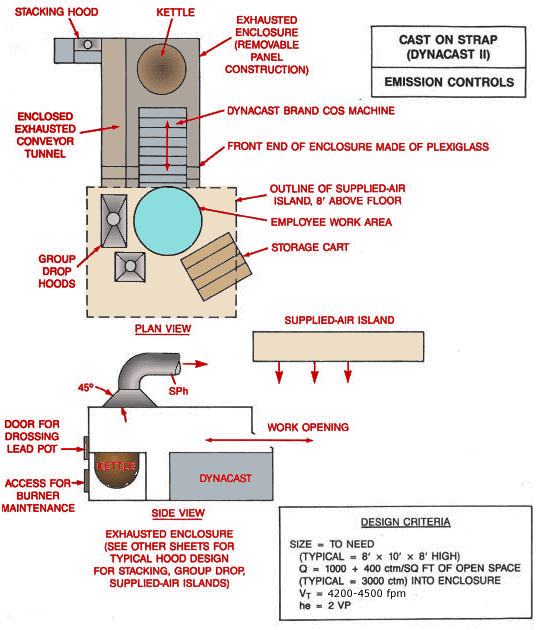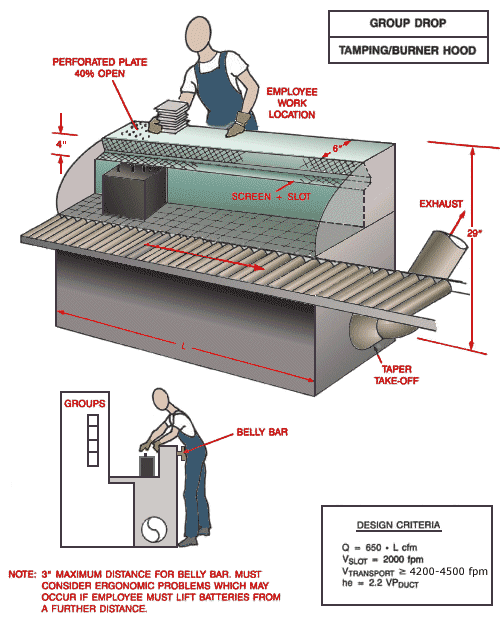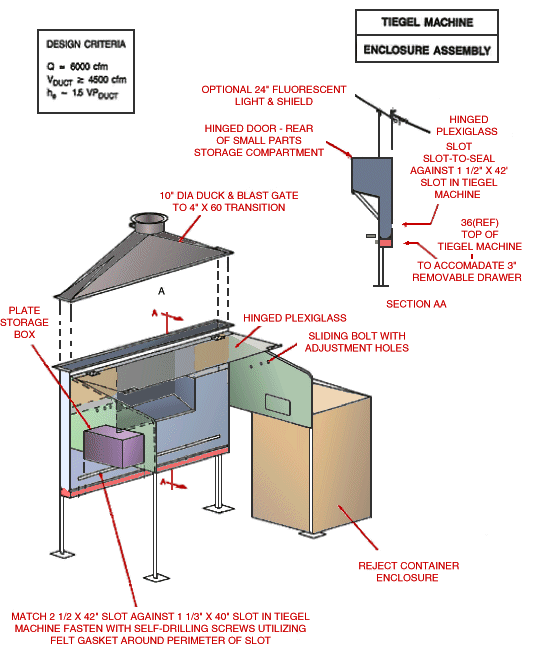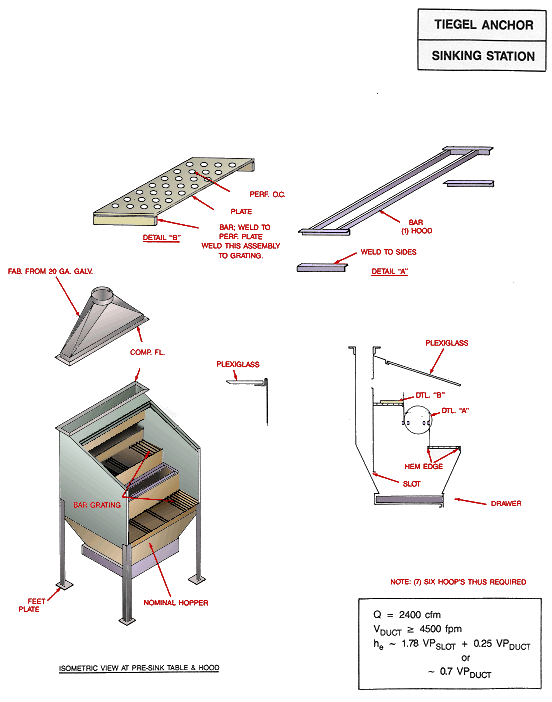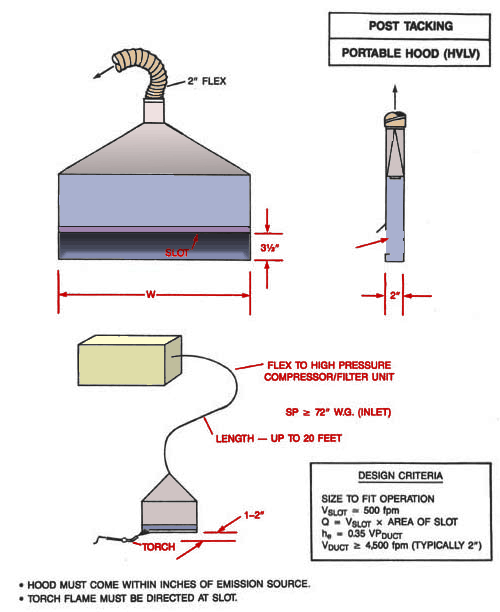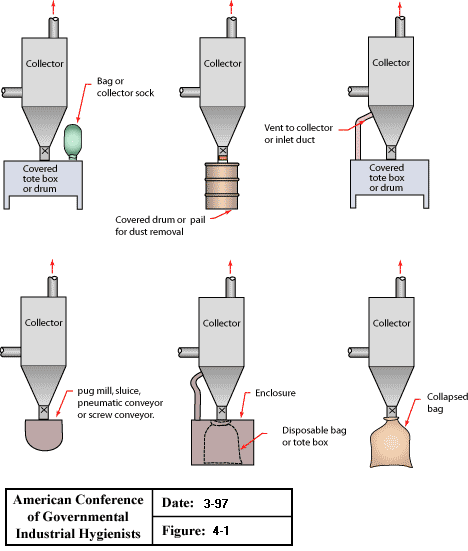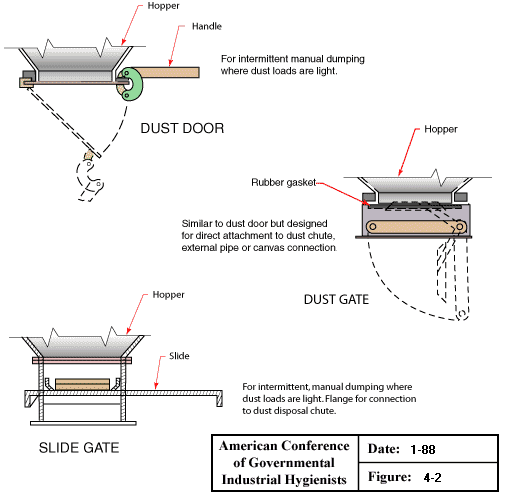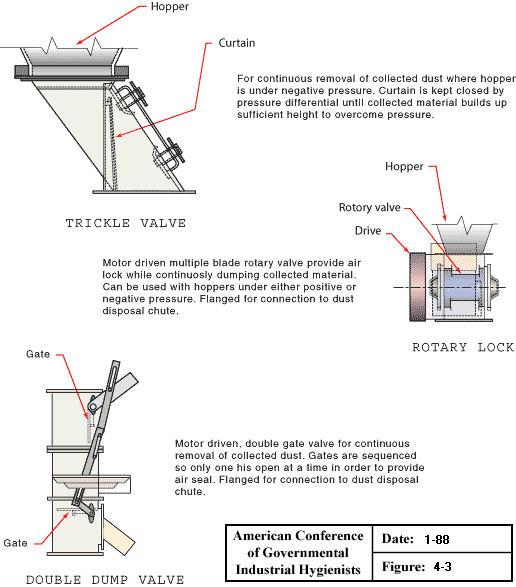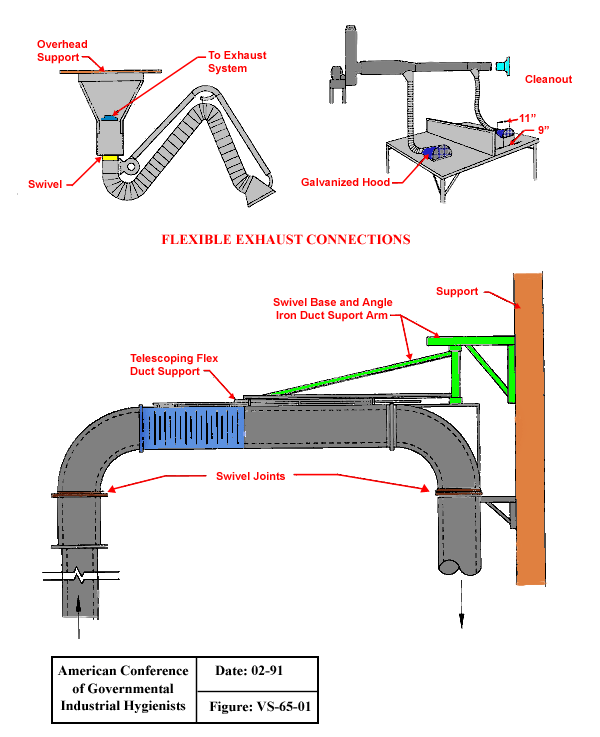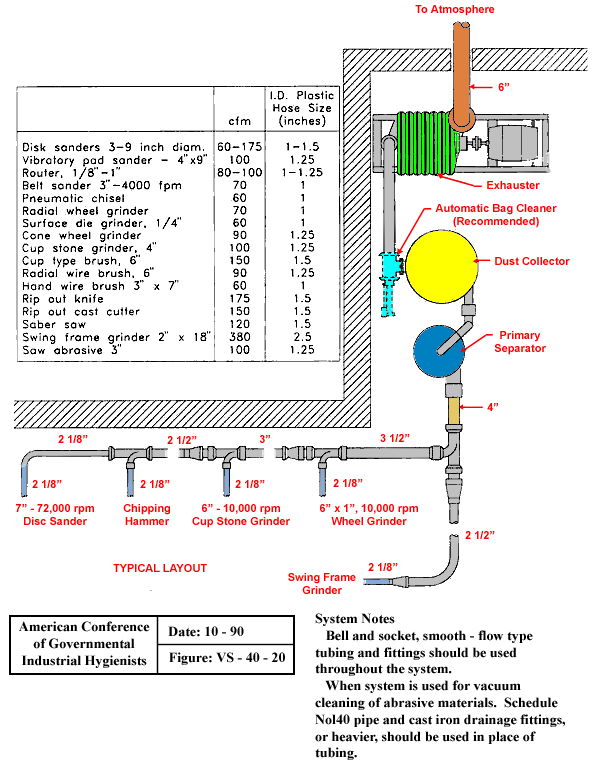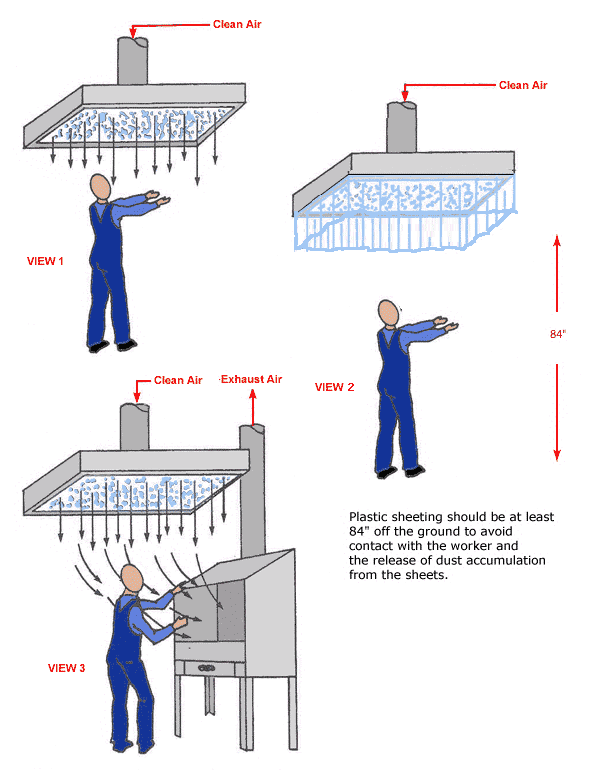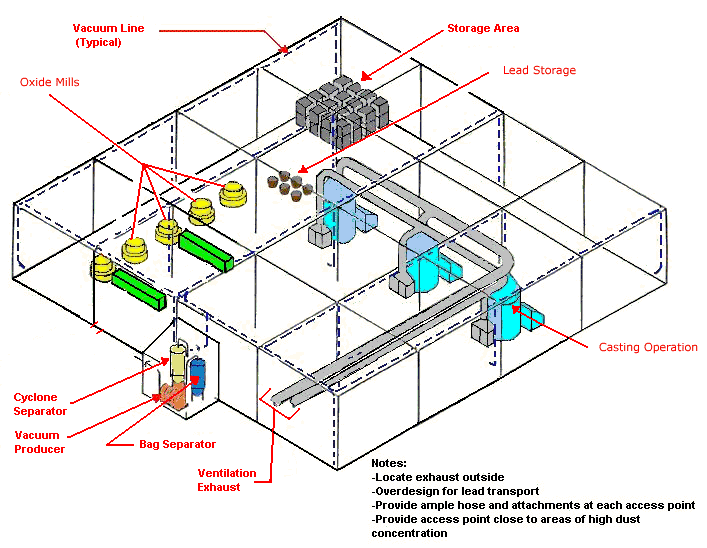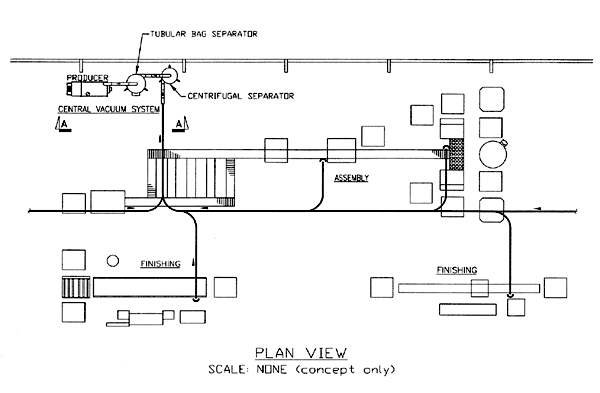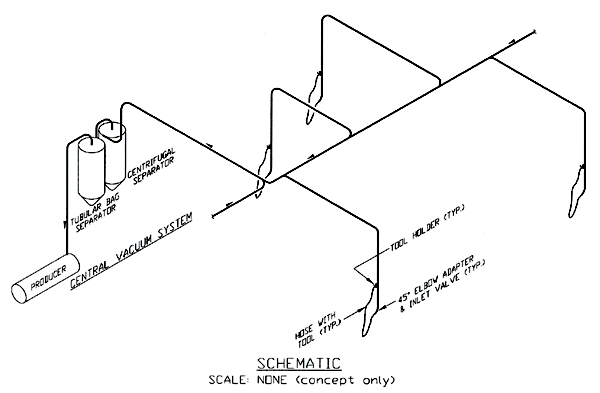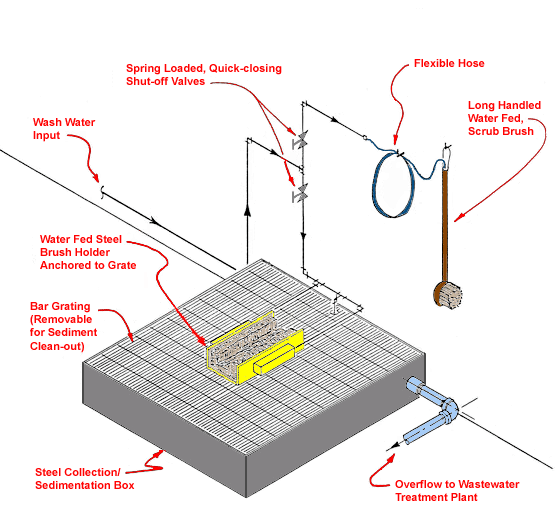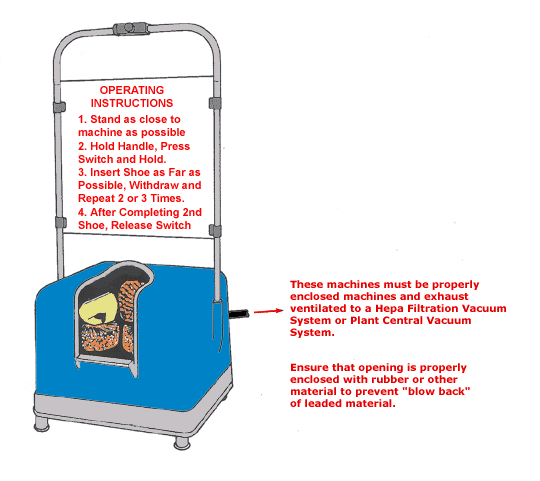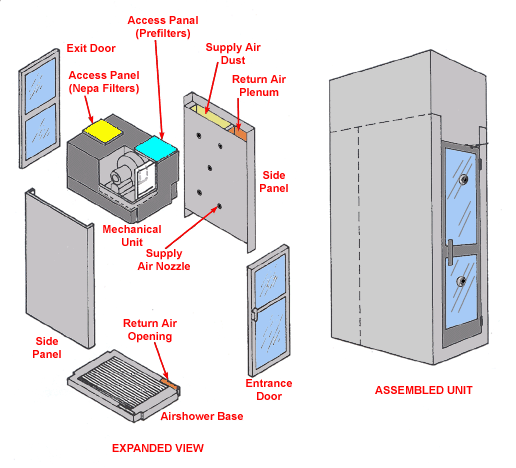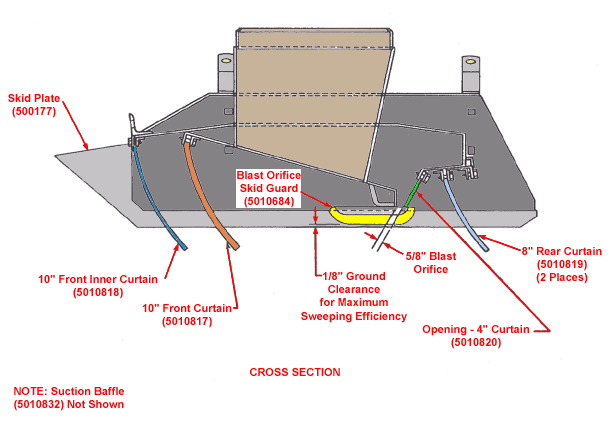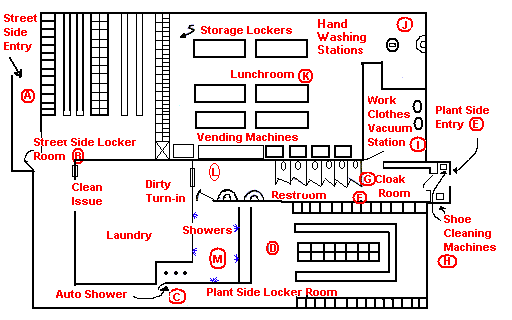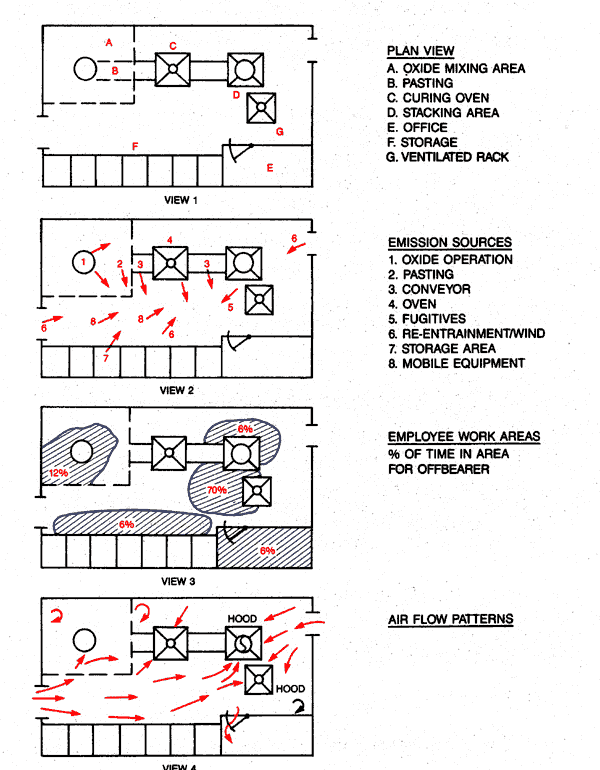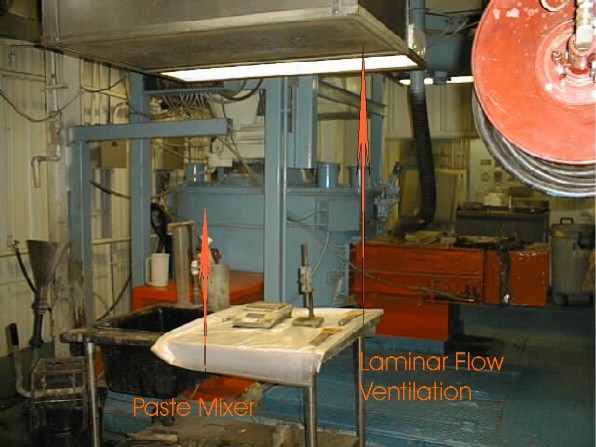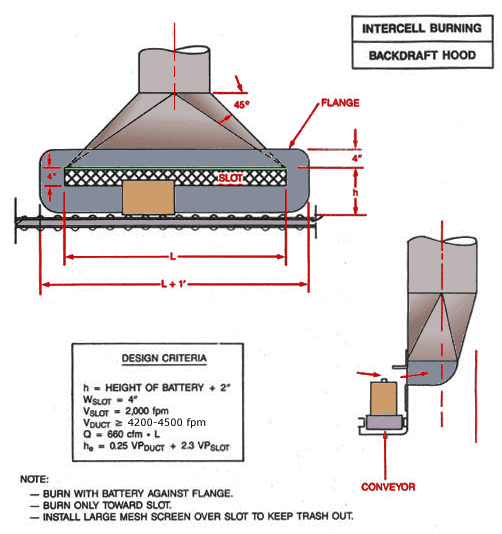Lead: Battery Manufacturing eTool
Lead: Battery Manufacturing » Glossary
ACGIH - American Conference of Governmental Industrial Hygienists
Action level - Exposure to a level of airborne contamination that requires an employer to implement some, but not all, of the surveillance and control activities of an OSHA standard. The action level is usually equal to one-half of the permissible exposure level. An exception is the action level for lead, which is 30 micrograms per cubic meter of air as compared to the permissible exposure limit of 50 micrograms per cubic meter of air.
ANSI - American National Standards Institute
ASHRAE - American Society of Heating, Refrigeration, and Air-Conditioning Engineers.
ASME - American Society of Mechanical Engineers
Ball Mill Process - Lead pigs, or ingots are charged with air into a ball mill. Frictional head generated by the tumbling lead ingots initiates and oxidation reaction. Oxygen in the air, assisted by the heat of the tumbling lead, reacts with the lead to produce lead oxide. During milling, the lead oxide that forms on the surface of the ingots and fine particles of un-oxidized lead are broken off, forming a fine dust that is removed from the mill by a circulating air stream. Centrifugal mills and cyclones are used to collect large particles, while the finer particles are collected in a baghouse.
Barton-Like Process - Produces lead oxide. Lead ingots are first melted and then fed into a vessel or pot, where the molten lead is rapidly stirred and atomized into small droplets. The droplets of molten lead are then oxidized by air drawn through the pot and conveyed to a product recovery system which typically consists of a settling chamber, cyclone, and baghouse.
Baghouse - The structure housing the bags of tubular or envelope-shaped fabric filter, used for the high-efficiency collection of solid particulate (that is, dust and fumes) from a contaminated air stream or gas stream.
Charging location - The physical opening through which raw materials are introduced into a lead pot.
Dross - A scum formed on the surface of molten metal. Dross refers to the lead oxides, copper, antimony, and other elements that float to the top of the molten lead.
Dry Charge (Open Tank) Formation - In the formation process, the first step, called tacking consists of plates being placed in a tank and lead bars being welded, or "tacked" on. Battery plates are then formed (or charged) in tanks. Once the plates are removed they are dried. Positive plates are dried in re-circulating, hot-air ovens while the negative plates are placed in special ovens to avoid oxidizing and discharging.
Enclosure hood - A hood that covers a process fugitive emission source on the top and on all sides, with openings only for access to introduce or remove materials to or from the source and through which an induced flow of air is ventilated.
Enveloping and Wrapping - Enveloping consists of placing a plate (usually positive) within a porous membrane. The membrane is folded over the bottom of the plate and sealed by pressure, heat, or ultrasonic means on two sides, usually by an automatic machine. Industrial battery plates can also be hand-wrapped.
Fugitive Dust Source - A stationary source of hazardous air pollutant emissions at a battery manufacturing plant resulting from the handling, storage, transfer, or other management of lead-bearing materials where the source is not associated with a specific process or process fugitive vent or stack. Fugitive dust sources include, but are not limited to, roadways, dried paste, handling oxide, and paste mixing.
Grid Casting - Pigs of hard lead (antimonial lead) are melted and the molten lead is poured into grid molds. The grids are then cooled, trimmed, inspected, and stacked. The grids are then transported to the pasting area.
Group Burning - After the positive and negative plates and separator material have been stacked they are joined with small connecting parts and burned together to form cell elements or groups. This operation is conducted either manually at a burning station or by using an automatic cast-on-strap (COS) machine. The burning station is a fixture that holds the plates in the elements while the positive and negative plates are joined. Small parts, which will become intercell connectors or posts, are placed in the fixture, then bonded by melting lead bars with a hand-held torch.
Hydrosetting - Hydrosetting is the reaction between free lead particles in plates and sulfuric acid. It normally takes place over a period of 48 to 72 hours. Hydrosetting methods vary between battery plants, ranging from placing the pasted plates on racks or pallets in the workroom to placing the racks within a temperature- and humidity-controlled room or chamber.
Intercell Welding and Post Burning - After the groups have been placed in the battery case, the straps are fused together using a torch or high electrical power source. The units are then tested and the posts are attached. Post or terminal burning involves using lead, a torch, and a mold. Lead is either dipped from a molten bath or is applied by melting lead bars into a mold cavity. The mold cavity is created by using a metal cover plate, called a burning dam, which is placed on the top of the battery prior to torching. This process can also be done with through the partition (TTP) using a case that has been punched and then the connections are welded.
Parts Casting - Small parts, including battery terminal posts, straps, connectors, and lead burning bars, are cast in a manner similar to grids. See Grid Casting for more information.
Paste Mixing - During the paste-mixing process, lead oxide and water are blended in a mixer to form a thick paste. Diluted sulfuric acid is then added slowly with constant mixing and cooling until the desired paste consistency and density are attained. The sulfuric acid forms lead sulfate, which in addition to expanding the past and giving it greater porosity, supplies a necessary binding cement so that the dry plate can be handled without the loss of significant amounts of material.
Pasting - During the pasting process, lead oxide paste is applied to the grid panels in a pasting machine to fill the spaces of the grid. The plates (pasted grids) are then rolled to a given thickness and flash dried to remove surface moisture. Workers remove the partially dried plates from the conveyer and place them on pallets or in racks.
Parting - Grids are commonly produced and pasted as pairs called pasted plates or panels. They must then be separated before the battery can be assembled. This plate breaking or parting may be performed manually, by saw, or by a parting machine. It can occur after flash drying, after curing but before plate burning, or, in the case of dry-charge battery manufacture, following the plate formation process (forming, washing, and drying).
SMACNA - Sheet Metal and Air Conditioning Contractors' National Association.
Stacking - After curing, the plates are stacked either by hand or machine so that positive and negative plates alternate with an insulating separator in between. If an enveloper is used, no separator is required at stacking. Teams of workers often hand stack and group burn at the same station. In other plants, the stations are separate.
TWA - Time-weighted average.
Wet (Case) Formation - The assembled battery is filled with acid and charged.


